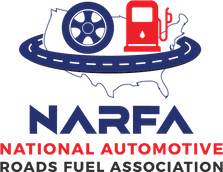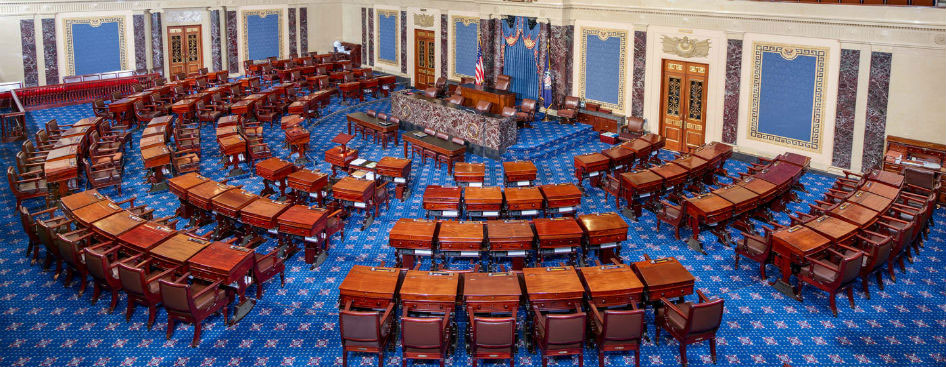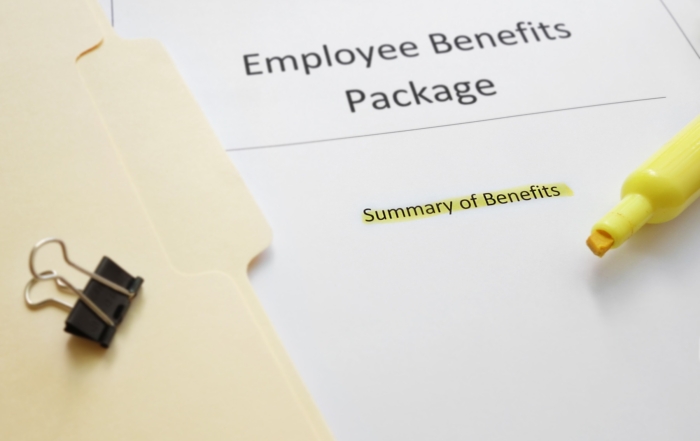The Paycheck Protection Program Flexibility Act (PPPFA) was signed into law on June 5, 2020. This comes just in the nick of time as the original covered period under which the PPP loans could be used and forgiven was about to expire for the initial recipients of the PPP loans. In the original PPP under Coronavirus Aid, Relief and Economic Security (CARES) Act, the period in which the loan was required to be used to be forgiven was 8 weeks. The PPP Flexibility Act extends that period to now 24 weeks. When the CARES Act was enacted, which was March 27, 2020, the loan was intended to bridge the cost to employers of maintaining employees during the COVID-19 business shutdowns. The loan amount was to be 2.5 x the monthly costs. However, three months after the CARES Act was enacted, businesses have not open or have not fully opened.
Here are some important things to know:
Easier To Qualify For Forgiveness
As of today, June 5, 2020, the Paycheck Protection Program Flexibility Act (PPPFA) is now law. Among other things, the Act makes it easier for recipients of Paycheck Protection Program (PPP) loans to qualify for forgiveness. That’s important to the millions of small businesses that received PPP loans.
Let’s go through some of the changes. You can look up the new law here.
Covered Period Extended
First, and probably the most important news is that borrowers now have more time to spend the loan proceeds.
Before the PPPFA, spending had to occur within the “covered period” (8 weeks) of the receipt of the loan proceeds. That put a lot of pressure on businesses to make sure the funds were spent on forgivable expenditures. Now, borrowers have 24 weeks after the origination of the loan (or December 31, 2020, which ever is earlier).
Payroll Costs Percentage Lowered
Second is a reduction in the amount that needs to go to payroll costs in order to qualify for forgiveness. Now, after the PPPFA, 60% of loan proceeds must be spent on payroll costs, down from 75%. That means that forgivable non-payroll expenses can be as high as 40% of spending, up from 25%. What qualifies as a forgivable expense has not changed.
Repayment Period Lengthened
Third, the PPPFA gives borrowers whose loans are not forgiven more time (five years instead of two years) to repay the loan. The interest rate (1%) was not changed.
Recent Posts
The U.S. Department of Labor Announces Proposed Rule To Protect Indoor, Outdoor Workers From Extreme Heat
The U.S. Department of Labor has proposed a new rule aimed at protecting workers from extreme heat hazards. This initiative seeks to safeguard approximately 36 [...]
Supreme Court Overturns Chevron Deference: What It Means for Workplace Safety and Regulation
The landscape of federal regulation is set for a seismic shift following a recent Supreme Court decision. On June 28, in Loper Bright Enterprises, et [...]
Navigating the Compliance Maze: How NARFA Simplifies Employee Benefits for Automotive and Trade Industries
In today's complex regulatory environment, businesses in the automotive, roads, fuel, and related industries face unprecedented challenges in managing employee benefits. Recent studies show that [...]




